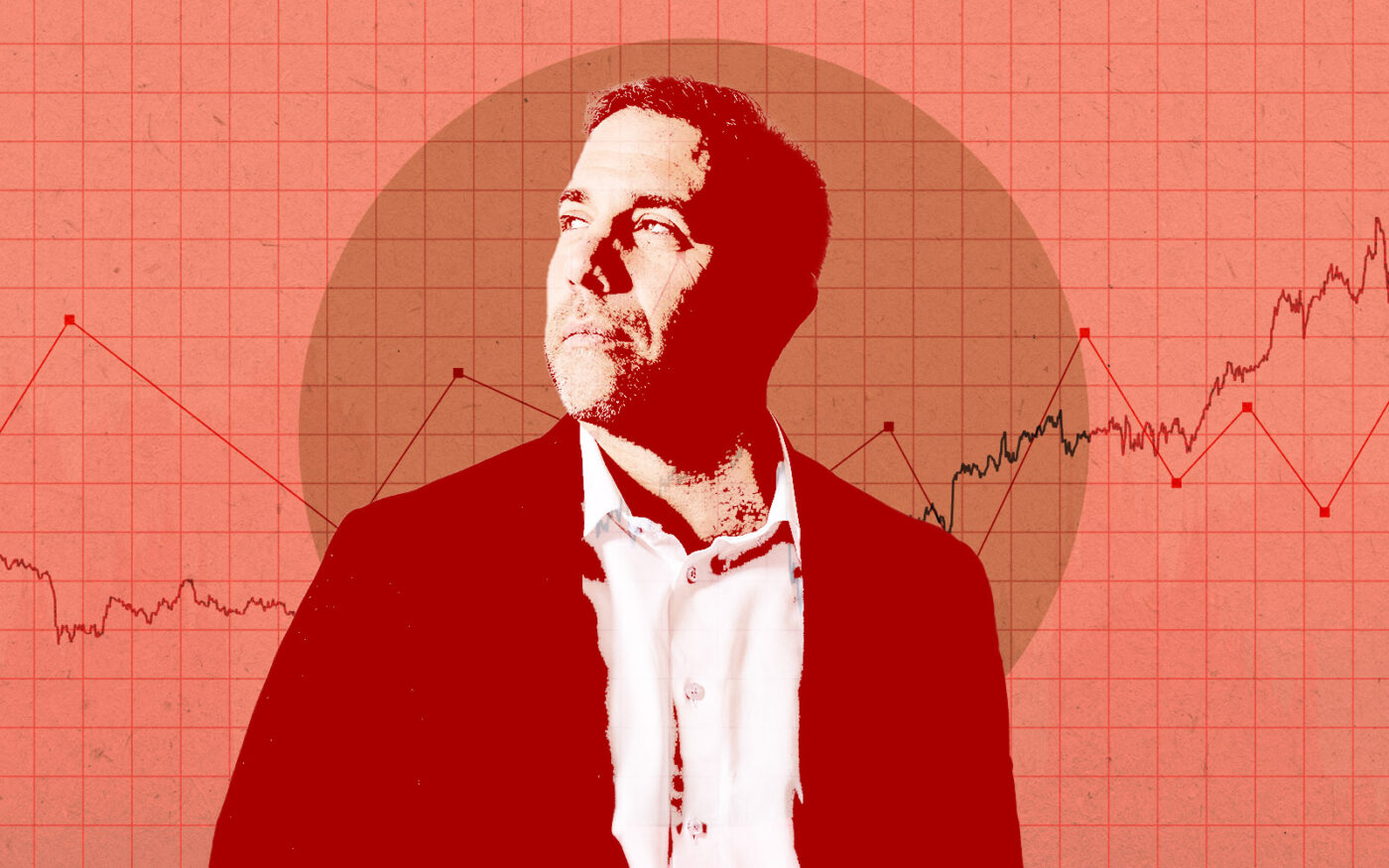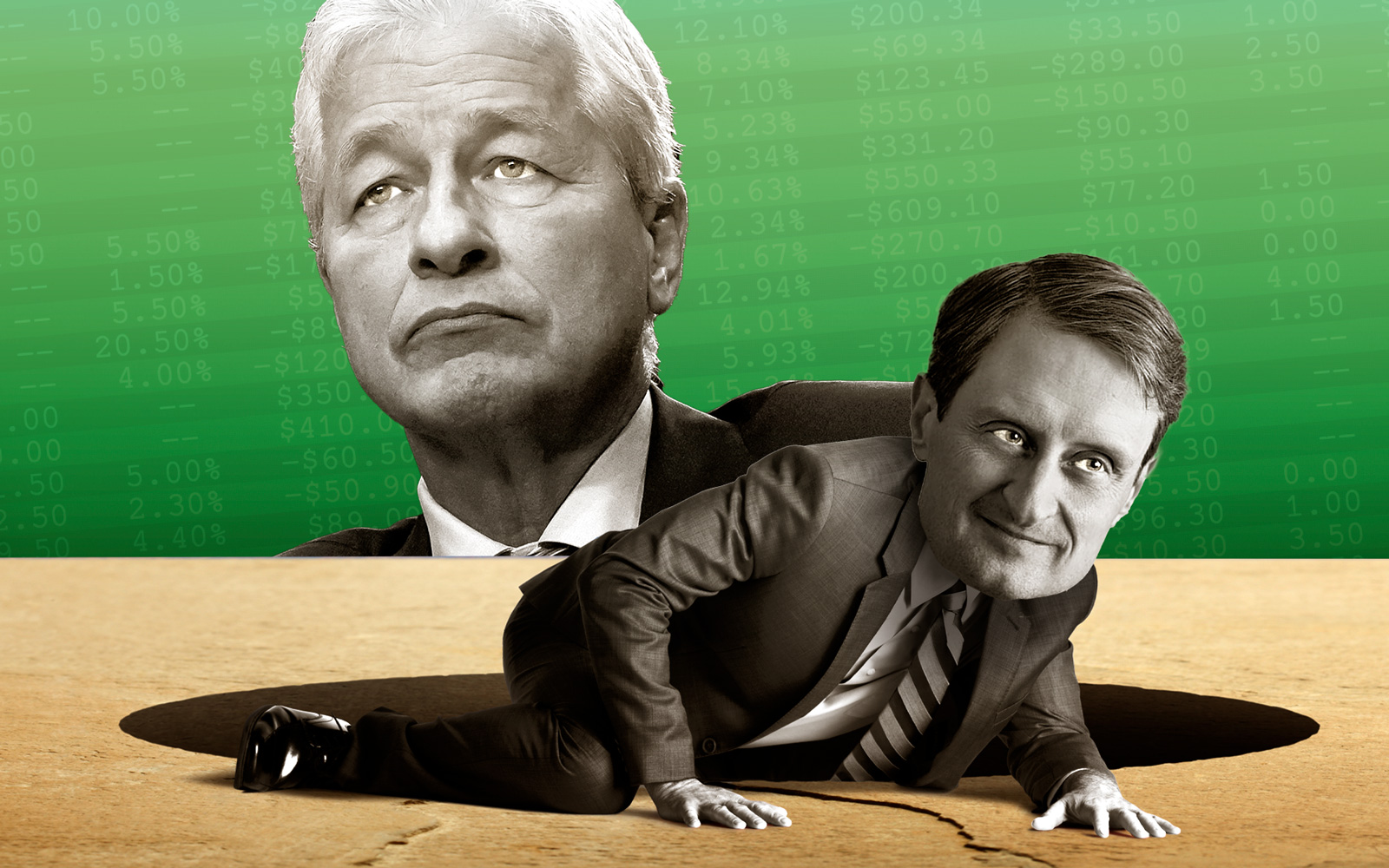Trending
Valley Bank faces “challenges” but plans to increase lending
Regional lender’s stock dives after rival’s collapse, analyst’s downgrade

Shares of Valley Bank, a lender that emerged as a lifeline for New York City real estate during a turbulent March, tumbled this week as First Republic went under and an analyst downgraded its stock.
The share price fell 20 percent Monday and another 3 percent Tuesday, hitting a 52-week low of $6.96 before recovering in the afternoon to $7.30. It’s down 35 percent this year.
Valley’s fundamentals do not suggest a risk of collapse. But its first-quarter numbers revealed its interest paid out grew faster than its interest earned — a mismatch that erodes profits and, in First Republic’s case, led to disaster.
Regulators on Monday seized First Republic, a major lender to New York multifamily landlords and homeowners, then sold most of the bank’s loans and all of its deposits to JPMorgan Chase.
JPMorgan CEO Jamie Dimon said the deal should quell fears of another collapse, telling CNN Monday the threat is “getting near the end.”
But while Dimon touted stability, markets saw risk. The KBW Bank Index, which tracks regional lenders, has slipped more than 6 percent since the market closed Friday. New Jersey-based Valley’s shares plunged 22 percent in the same two trading days.
Part of that dip stemmed from investor worries rooted more in emotion than fundamentals that the latest turmoil could spread to other regional lenders.
But an analyst’s downgrade of Valley Bank early Monday, citing revenue challenges, contributed as well.
Raymond James analyst Steve Moss cited falling net interest income at the bank — the difference between what banks pay out on deposits and the interest it earns from loans.
In the first quarter, Valley’s net interest income dropped by 6 percent to $437.5 million from $467.3 million in the fourth. The bank paid more than twice as much in interest expenses in the period — $284.2 million versus $103.5 million in the previous quarter — while its interest income grew by only $73.7 million.
Moss said Valley’s interest-bearing deposit costs had jumped to among the highest of its peer group and the bank expected those expenses to further pressure its profitability.
A discrepancy between interest earned and interest paid played a role in First Republic’s demise.
The bank’s interest income on the low-rate loans it specialized in couldn’t match rising deposit costs, sparking market fears around profitability and contributing to a run on deposits.
Valley saw net interest margin slip to 3.16 percent in the first quarter from 3.57 percent in the fourth, a drop of 41 basis points. By comparison, First Republic’s margin fell 66 basis points to 1.77 percent in the first quarter.
Valley’s margin is still relatively healthy. The average community bank net interest margin was 3.7 percent in the fourth quarter, above the pre-pandemic average of 3.6 percent, the FDIC reported.
Still, Raymond James’ Moss said Valley shouldn’t bank on expanded margin in the near-term. The analyst said as borrowers refinance loans, the bank would likely struggle to hike interest high enough to alleviate margin pressures without driving some borrowers into delinquency or default.
At the end of March, the bank’s loan-to-deposit ratio was 102 percent, meaning its outstanding loans exceeded its deposits. The higher the ratio, the higher the risk, as a bank will have less cash on hand to cover losses on loans, according to Trepp.
As it stands, borrowers are current on the overwhelming majority of Valley’s commercial real estate debt. The bank reported about $68 million in non-accrual commercial real estate loans in the first quarter, a 0.5 percent drop from the fourth quarter and 14 percent decline from the same period last year.
The bank also reduced its allowance for credit losses in the first quarter to $461 million, or 0.95 percent of all loans, from $483 million, or 1.03 percent of all loans, in the fourth quarter.
In an interview with The Real Deal last month, Valley CEO Ira Robbins touted the fundamentals of the commercial real estate that backs the majority of its debt.
“Even if the valuation comes down 15, 20, 25 percent, the properties still [have] cash flows,” he said.
Despite a high loan-to-value ratio, the bank does not intend to cut its lending. After reporting over $48 billion in loans in the first quarter, a 3.7 percent increase from the fourth, the bank said it expects as much as 9 percent loan growth through the rest of 2023.





